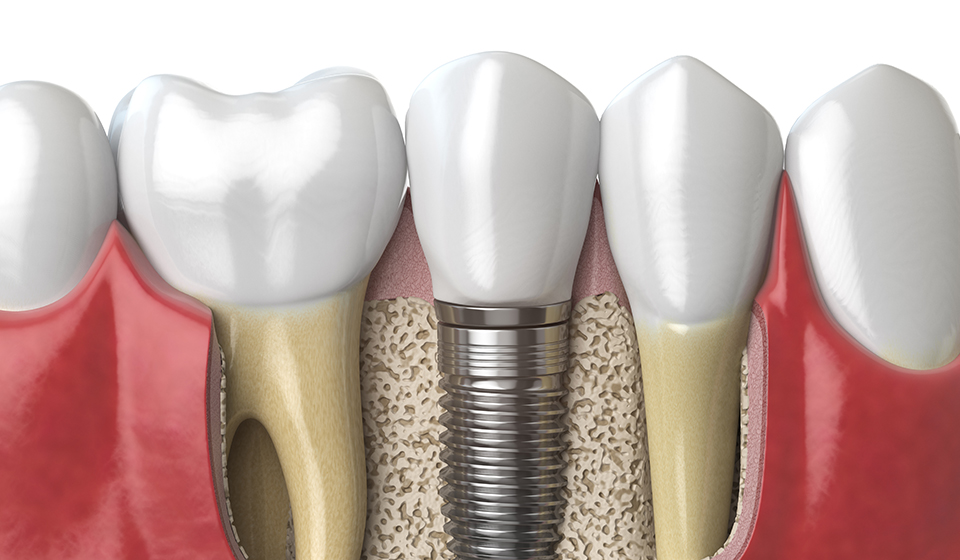Dental fillings or tooth fillings in Miami, FL, are the unsung heroes in the complex web of oral health, protecting against the indomitable forces of decay. Navigating the route to a strong and durable smile requires an understanding of dental fillings, including what they are, how they work, and how long they last.
What Are Dental Fillings?
Teeth damaged by decay can be restored with dental fillings, which are restorative materials. When a cavity forms, a dentist will extract the decayed part of the tooth and fill the space with materials that will help the tooth regain its structural integrity. In addition to stopping the spread of decay, fillings shield the damaged tooth from additional harm.
How Long Do Dental Fillings Last?
Several factors affect how long dental fillings last. Oral hygiene procedures, individual habits, the kind of filling material used, and the size and location of the filling all matter. In general, dental fillings can endure five to fifteen years if maintained and cared for properly.
Types of Dental Fillings:
Cast Gold Filling:
Gold fillings are a conventional alternative that can tolerate strong chewing forces because of their reputation for durability. Although their lifetime is admirable, they are less common in places of the mouth where they are visible due to their noticeable look.
Silver Fillings:
For many years, amalgam, a compound of silver, tin, copper, and mercury, has been used extensively in dentistry. Although silver fillings are strong and reasonably priced, their silver hue may be apparent, detracting from their aesthetic appeal.
Tooth-Colored or Composite Fillings:
Composite fillings are tooth-colored and have a more natural appearance since they are composed of a combination of plastic and tiny glass particles. They provide adaptability in treating different dental conditions since they bond directly to the tooth.
Ceramic Fillings:
Fillings made of ceramic or porcelain are long-lasting and visually beautiful. They are a common option for visible parts of the mouth since they are stain-resistant and frequently utilized for front teeth.
Temporary Fillings:
As a temporary fix, temporary fillings are frequently utilized in urgent cases or while a permanent filling is being prepared. They are not meant for long-term usage and offer temporary protection.
When Should Fillings Be Replaced?
Wear, deterioration around the filling, or structural changes in the tooth can all lead to the need for a replacement filling. Frequent dental examinations are necessary to track the health of fillings and spot any early warning indicators of deterioration.
How To Make Dental Fillings Last Longer:
Maintain Good Oral Hygiene:
Cleaning your teeth twice a day, flossing once a day, and using an antiseptic mouthwash will help keep dental fillings intact and prevent decay.
Regular Dental Check-ups:
Dentists can monitor the state of fillings, identify problems early, and treat them quickly with routine dental appointments.
Avoid Harmful Habits:
Dental fillings can last longer and sustain less damage if bad behaviors like grinding your teeth and sucking on harsh things are avoided.
Make an Appointment To Replace Your Dental Filling:
Make an appointment with your dentist at Doral Dental Studio in Miami, FL, as soon as possible if you notice any symptoms, including pain, increased sensitivity, or noticeable wear on a filling. Prompt action can shield your smile from future damage and prolong its lifespan. In all of their forms, dental fillings are steadfast barriers against the advance of deterioration. Dental fillings are essential to maintaining your smile’s strength and attractiveness for many years. Don’t wait to schedule an appointment if you think it’s time for a routine check-up or to replace a filling. It is the first step toward keeping your smile bright and healthy.



